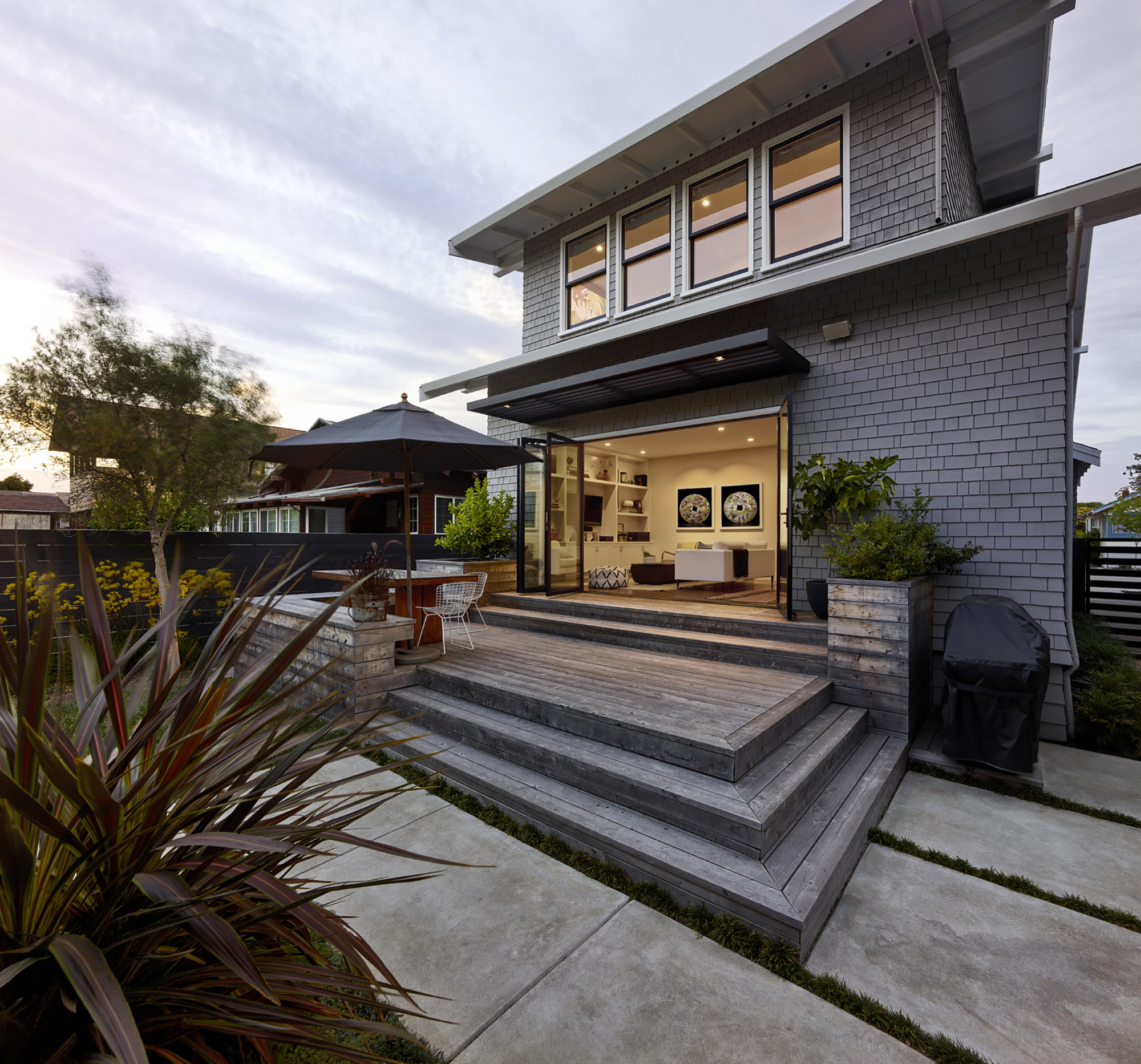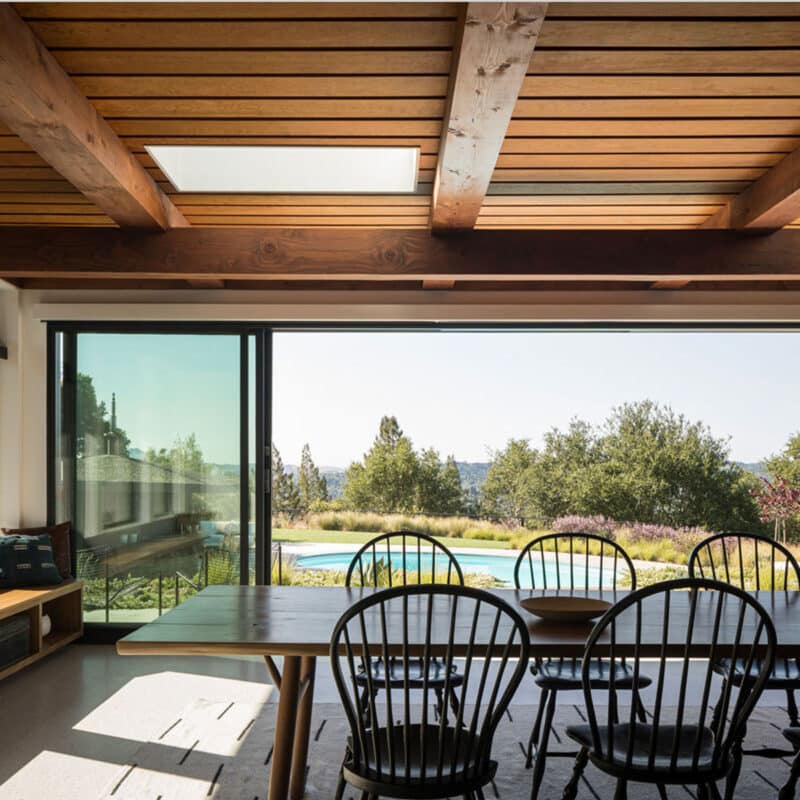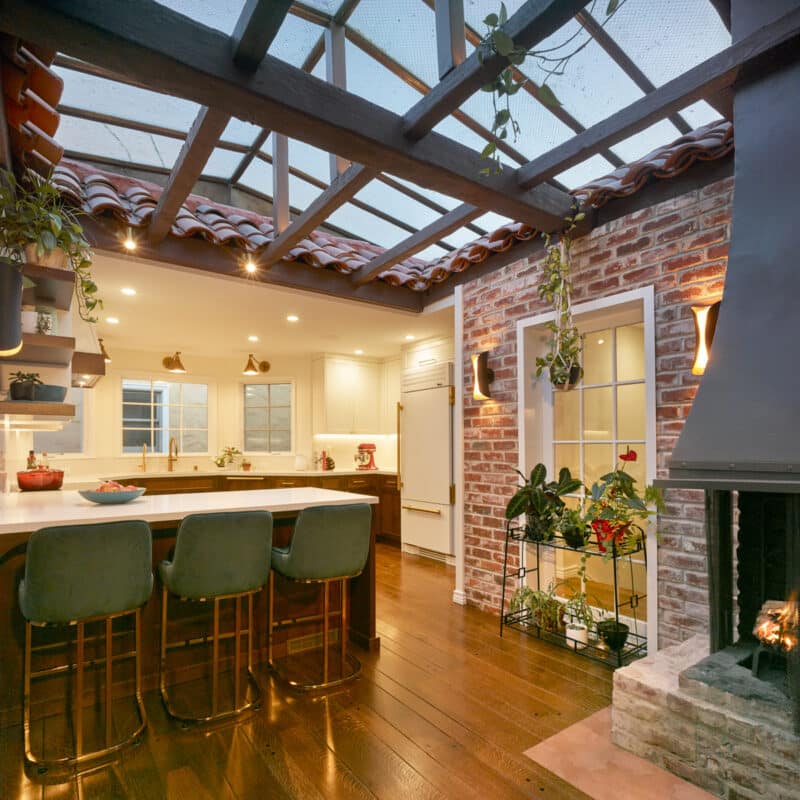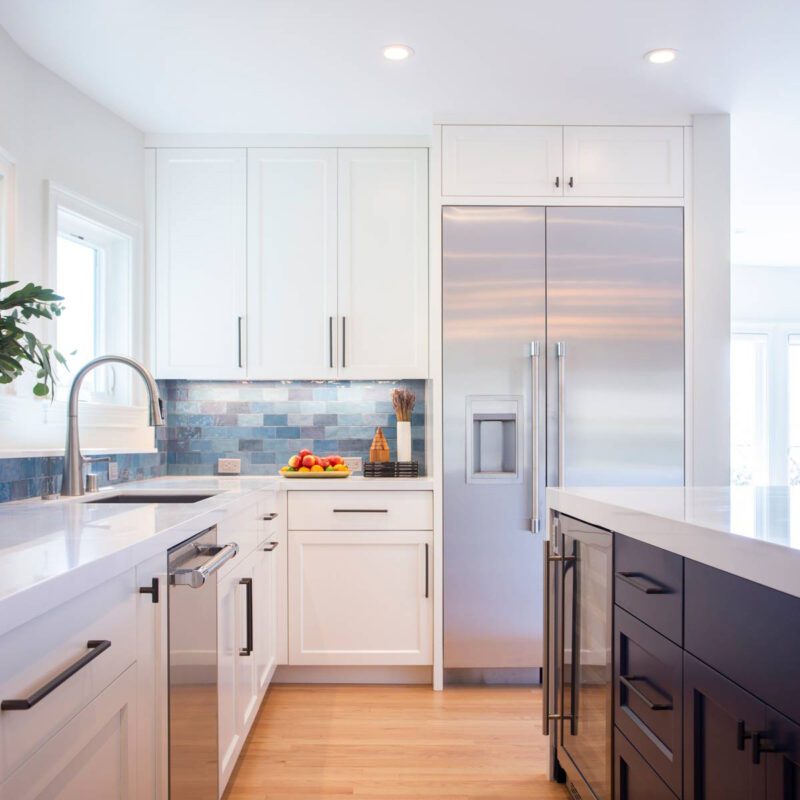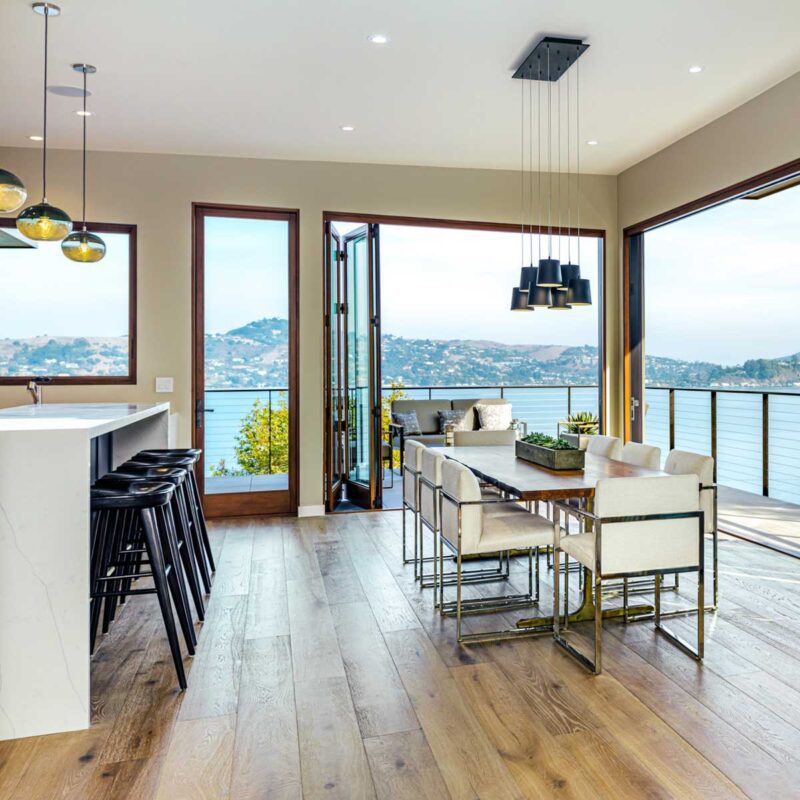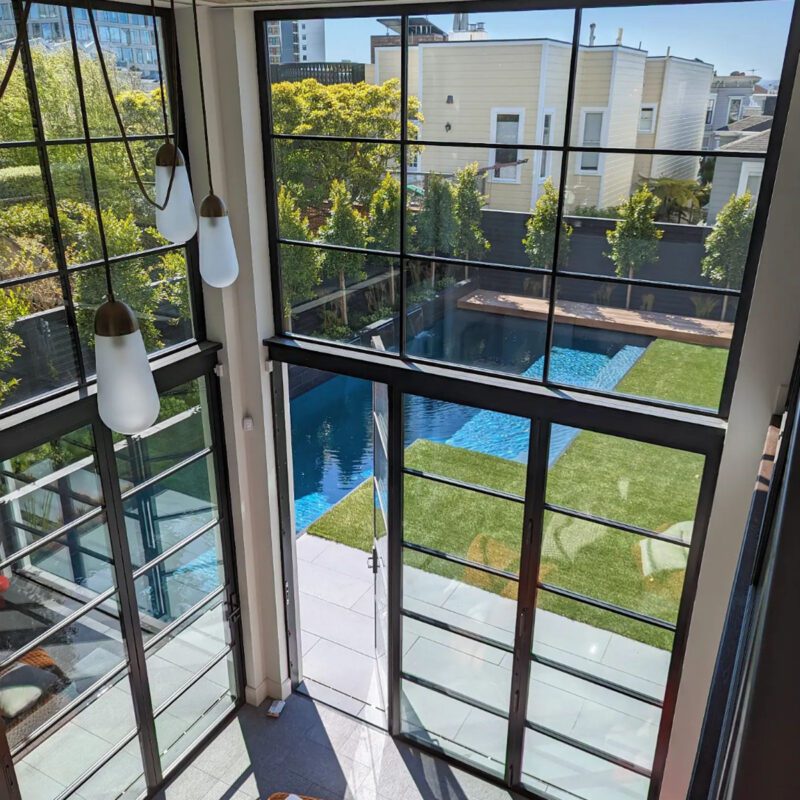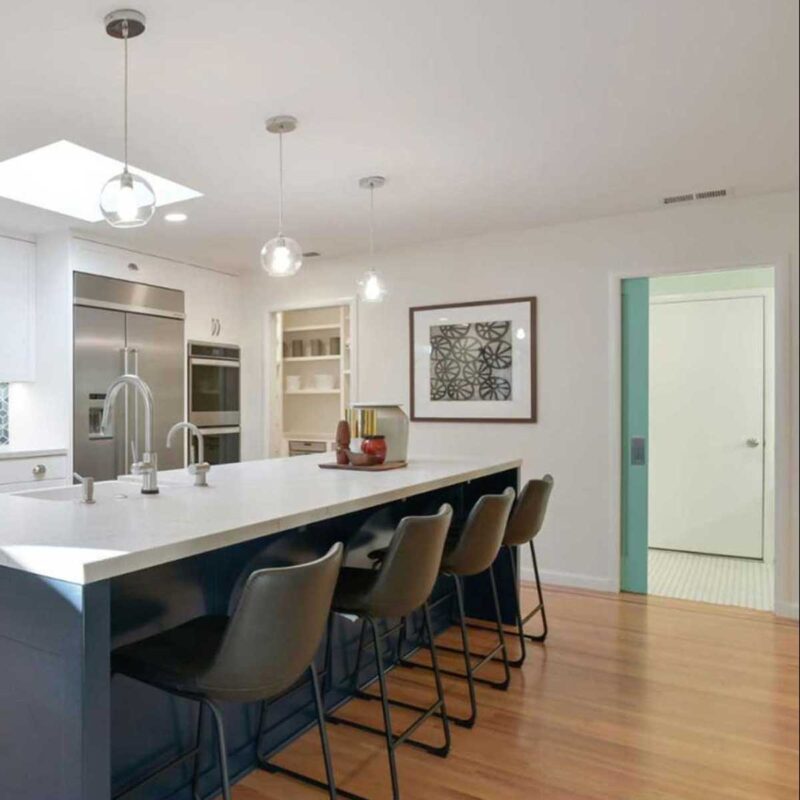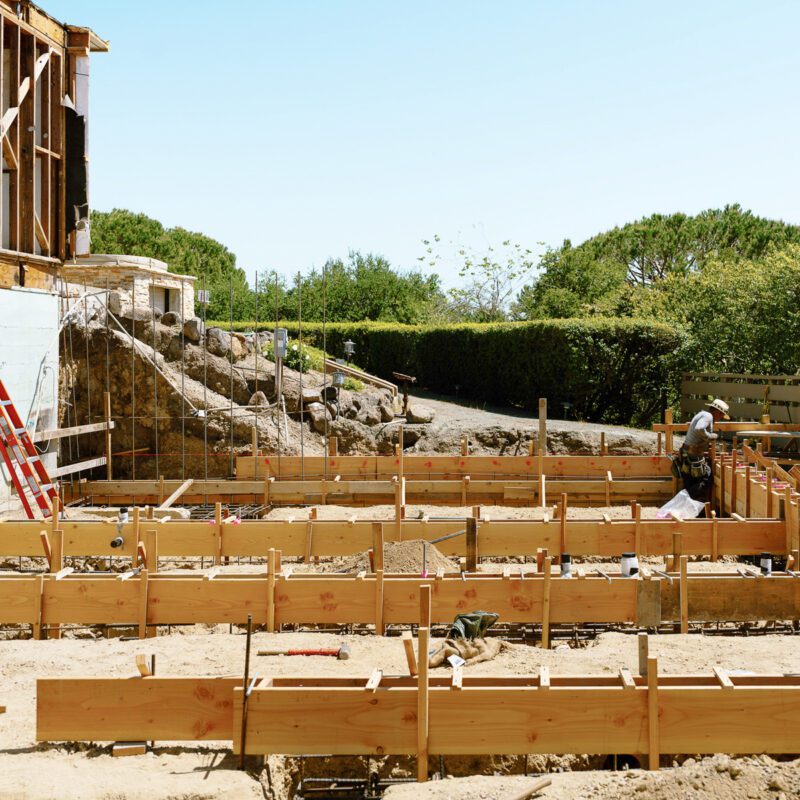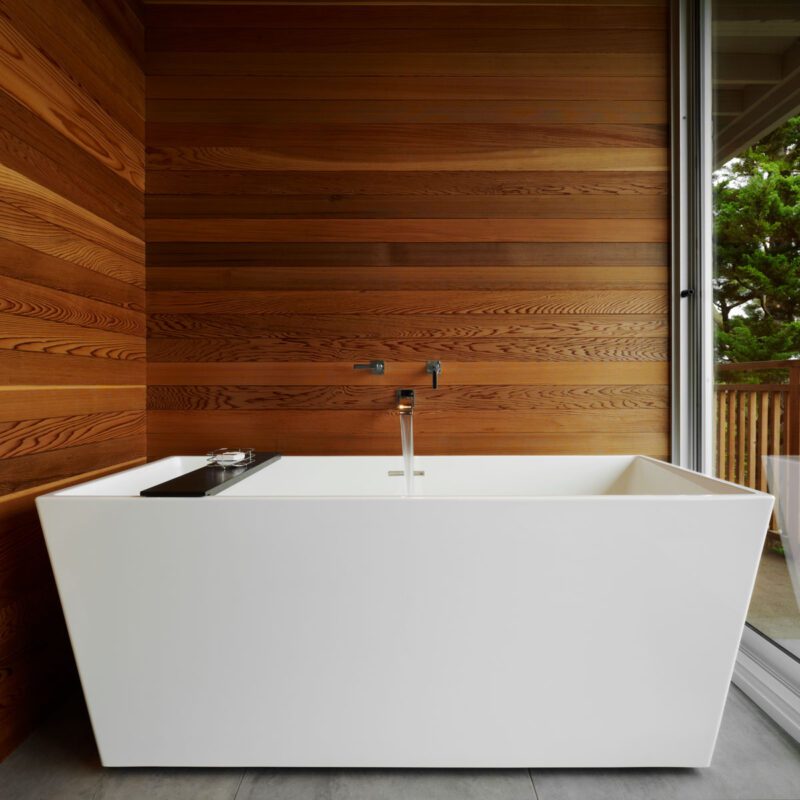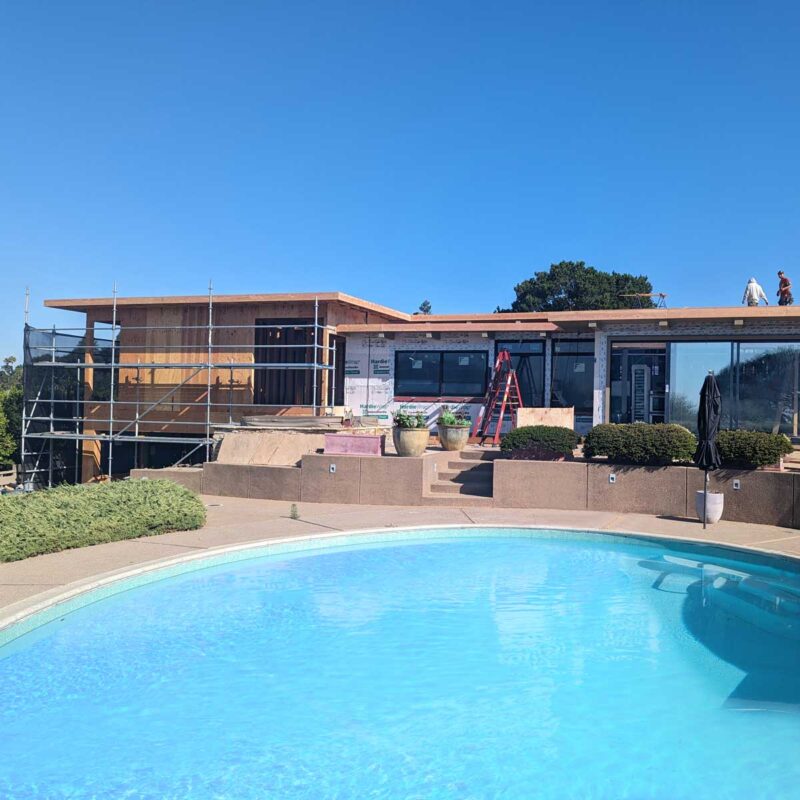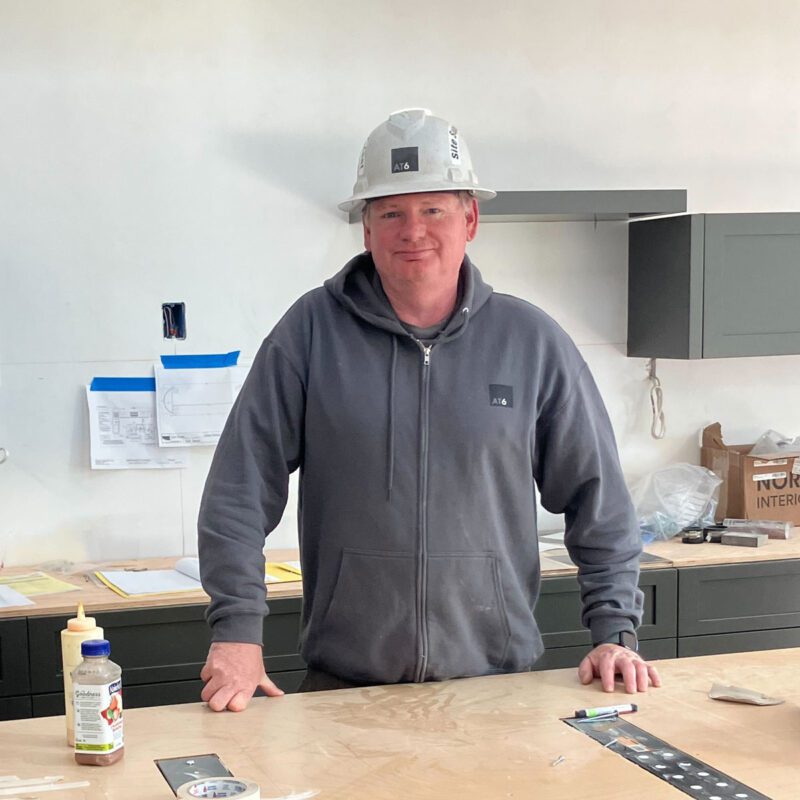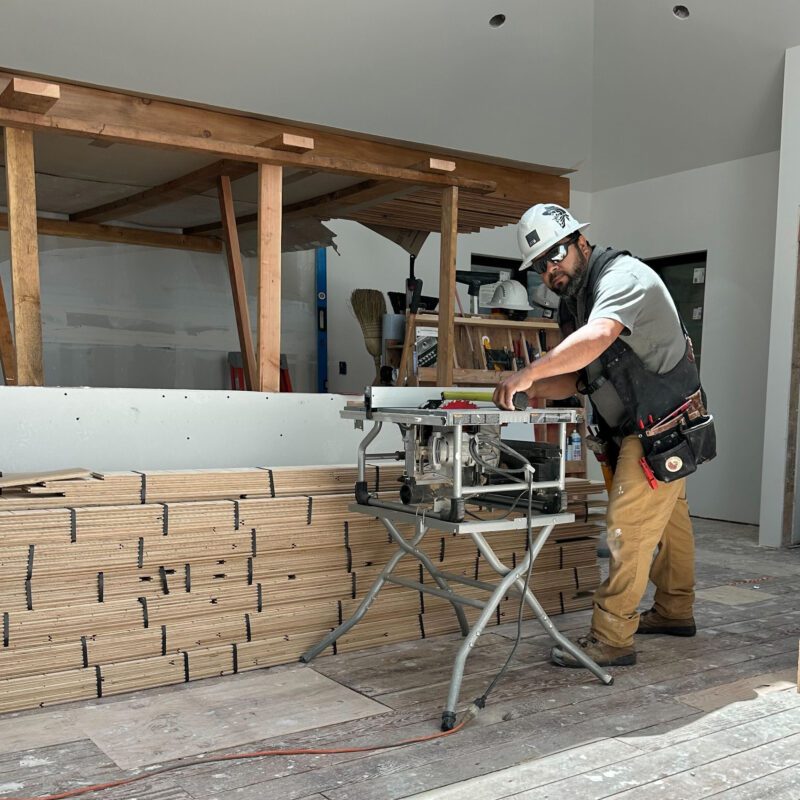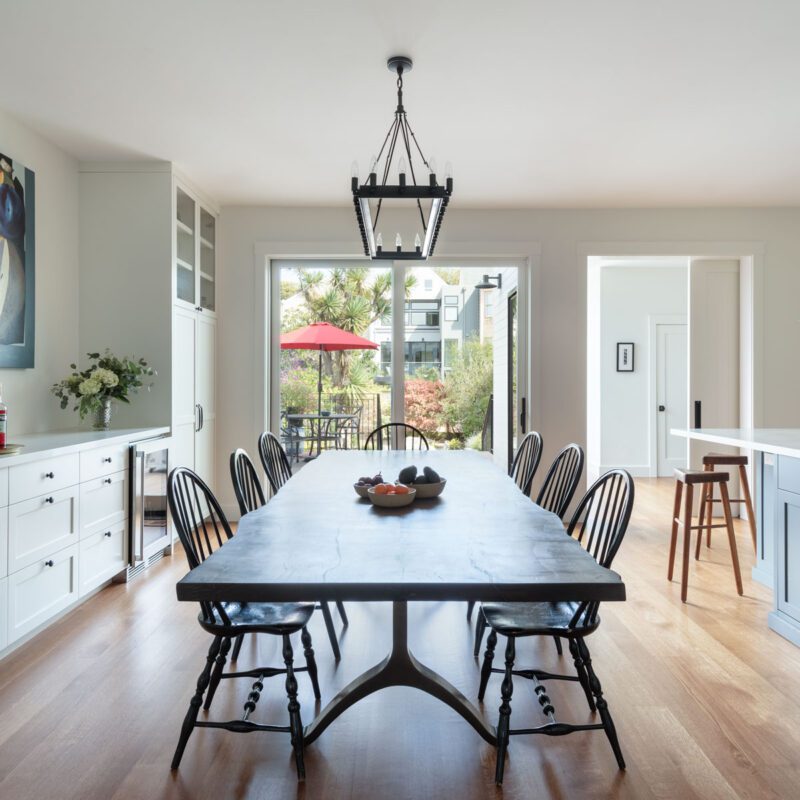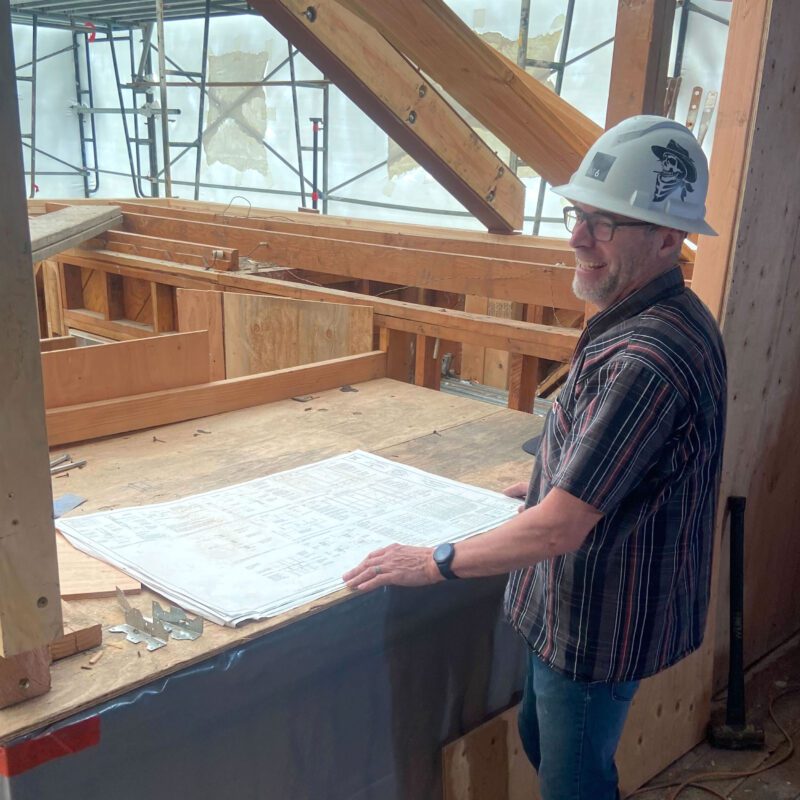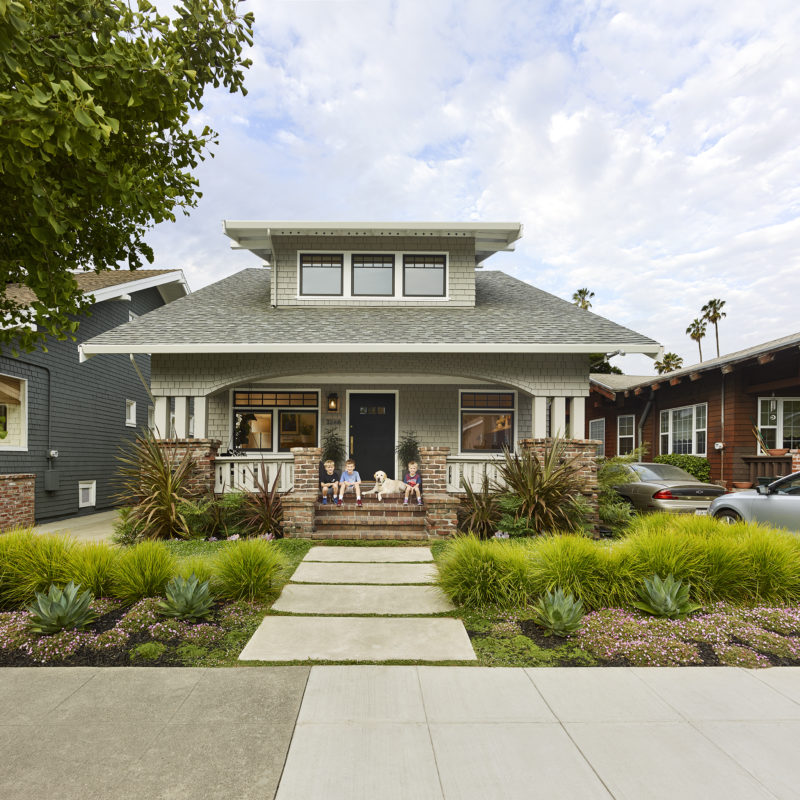Renovating a Historic Home
These historic styles are also magnets for home-buyers eager to hold on to a piece of that past, to surround their daily lives with its richness. The question that always arises when the inevitable remodel or update on these homes becomes necessary is how much of the history to keep and how much to let go.
One approach is to essentially save or recreate every historic element of the home in a historic restoration. While that is a valid option and one some people prefer, our approach is different.
We recognize the value that historic elements bring to an old home, but we are modernists and—like the designers of the original home—want to build something that responds to our time. We come to a historic home remodel sensitive to the context and value, but offering a modern take.
With respect for the legacy of the old house, we find key historic elements and enhance their impact by surrounding them with cleaner lines and simpler spaces. Our goal is to preserve the most distinctive, authentic pieces of the home so that we still sense its history, and then bring a modern voice alongside it. We talk a lot about the “dialogue” between history and the modern day in our designs.
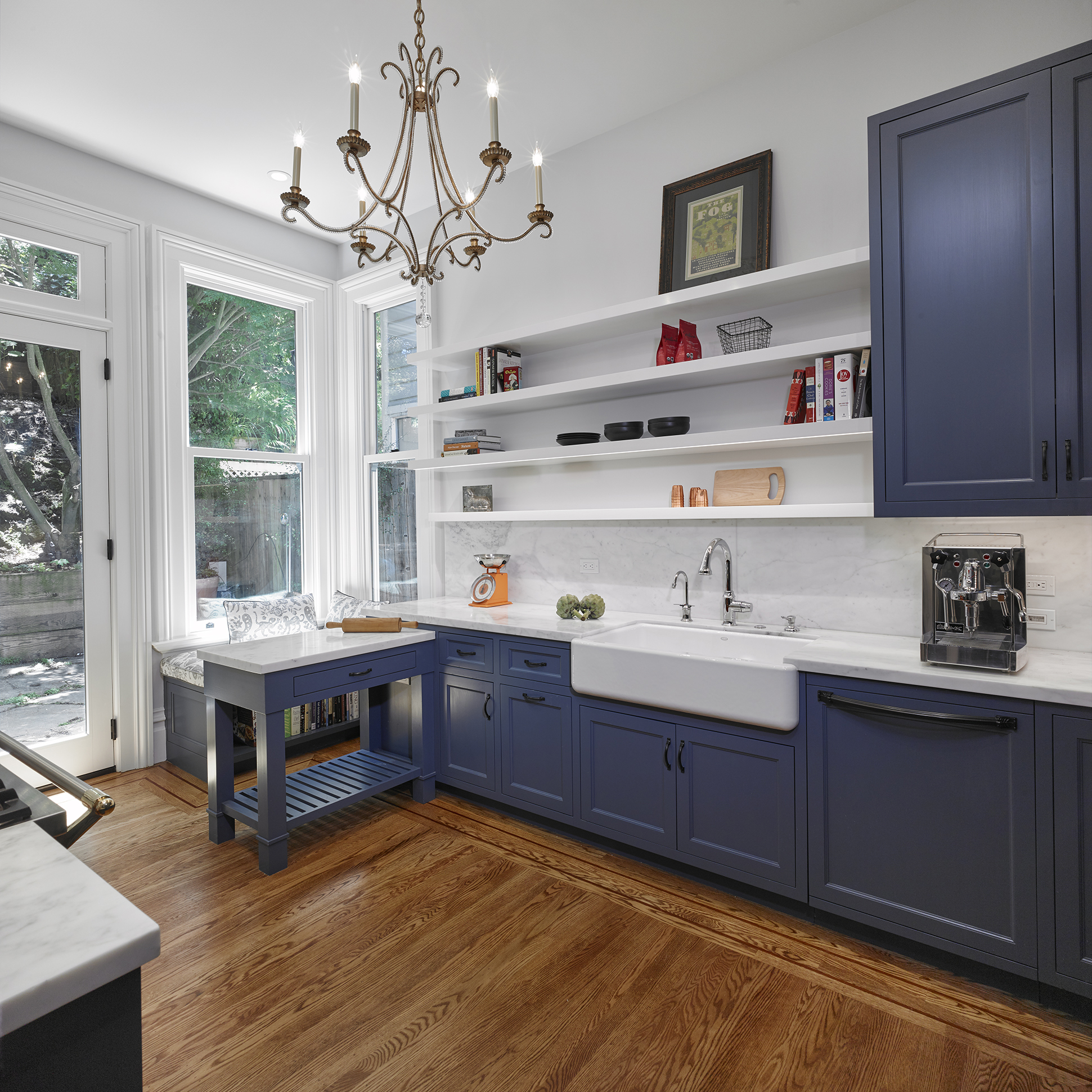
What Historic Details Should I Keep?
There is no single, prescriptive answer to what to keep and what to let go in a historic renovation. The key is to look at the context of each room and determine what provides the historical value. Keeping those pieces and letting go of the rest maintains the home’s past and also allows those pieces to have a larger impact on the space. The ideal details have high visual impact in a small area.
Each of the elements below, depending on context and condition, can be worth saving.
Ceiling medallions—Ceiling medallions offer a small but significant link to the past.
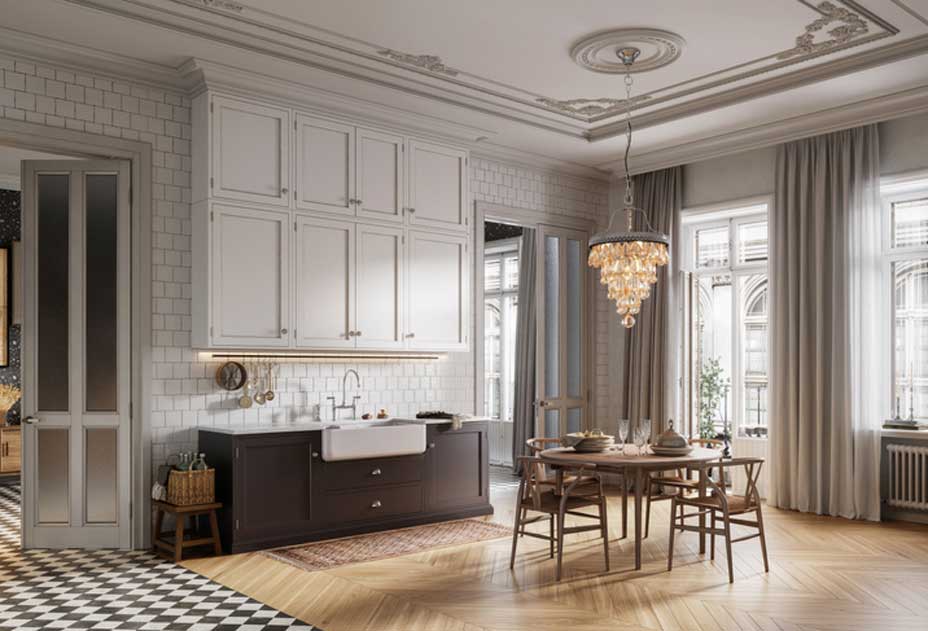
Window and door trim—While it’s easy to replicate the profile of a historic window trim or door casing, our eye sees the patina and layers of paint that give old trim authenticity, and we know instinctively that new trim is a copy. If there is a trim worth saving, save it rather than recreating it.
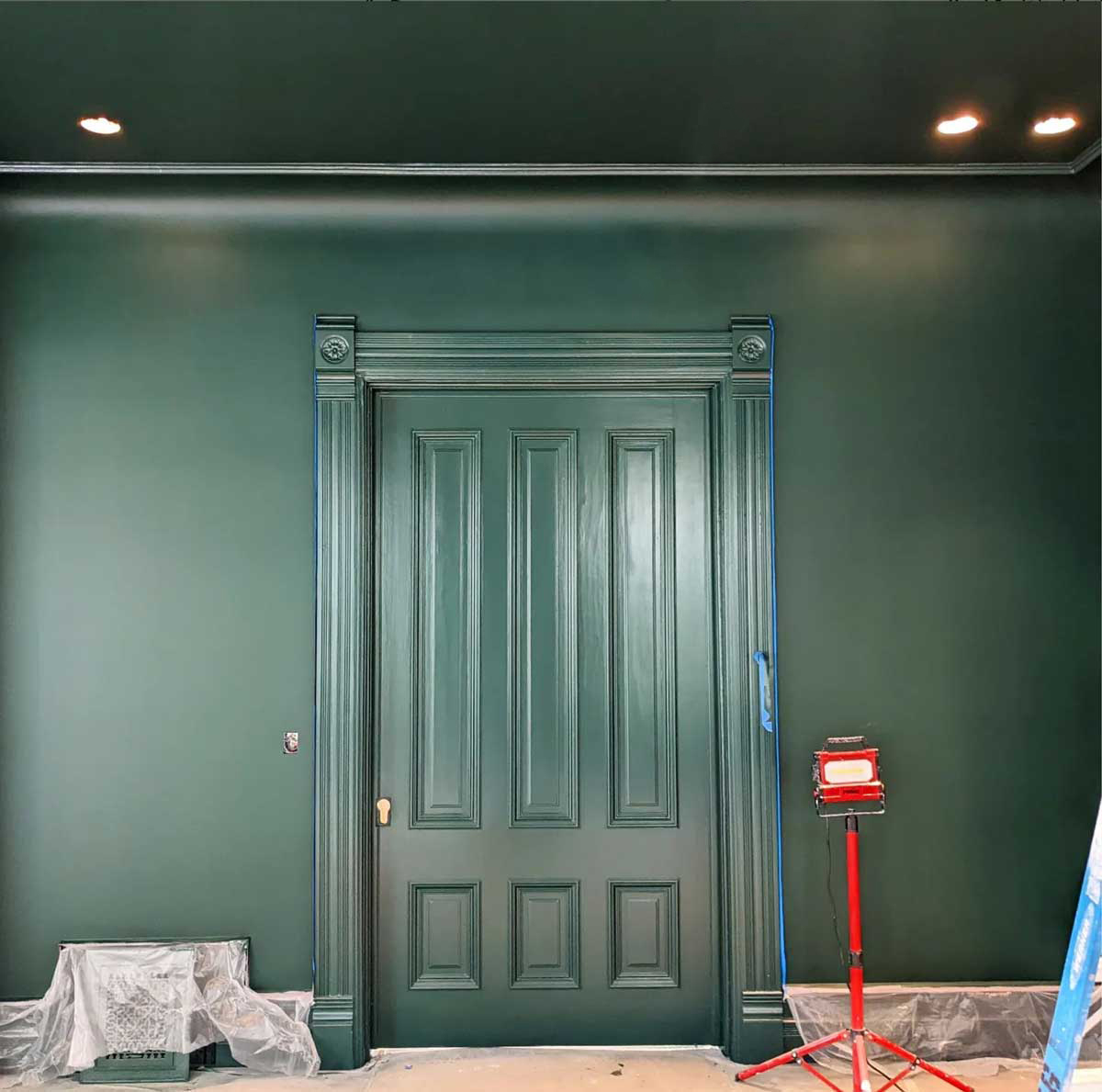
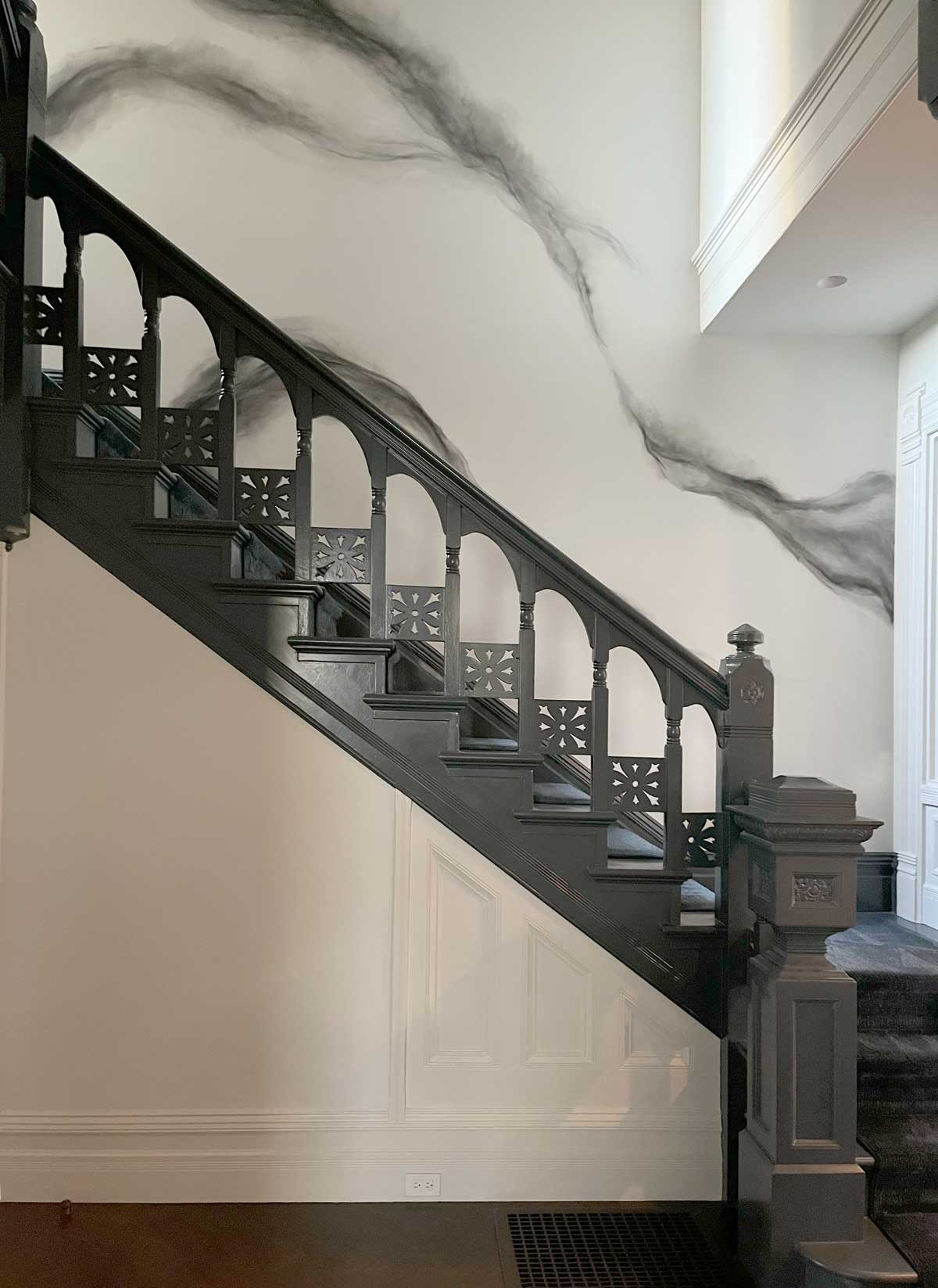
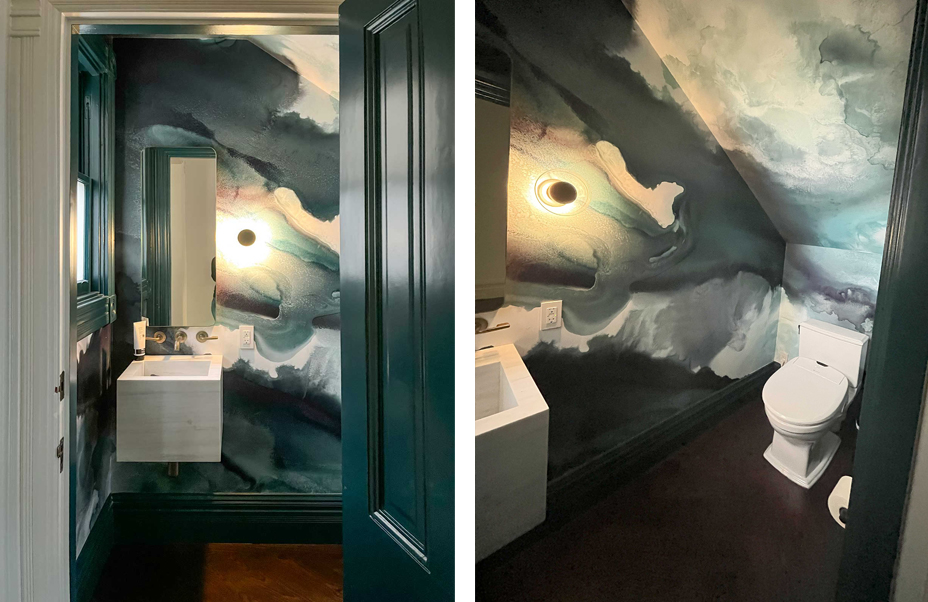
Box beams or ceiling panels—These elements by themselves can create just the right amount of beauty and nostalgia in a space. Ceiling details are effective because the ceiling is an area of a room that is not where our eye naturally goes, so it doesn’t overwhelm us visually.
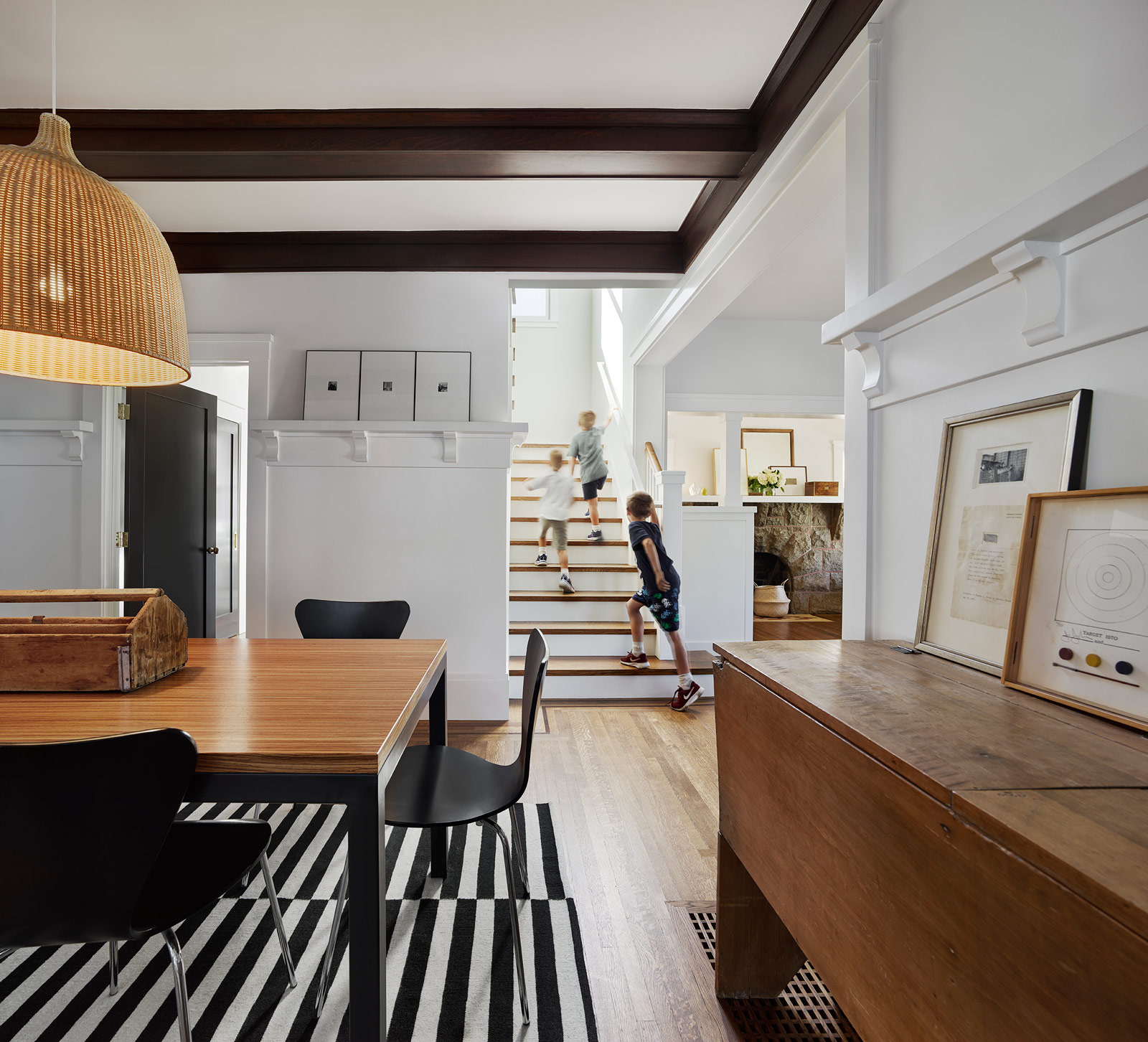
Woodworking or paneling—The craftsmanship or type of wood used in older homes might be so rare and beautiful that they are worth preserving. Or the wood can be painted over to clean up the look while still maintaining the historic detailing.
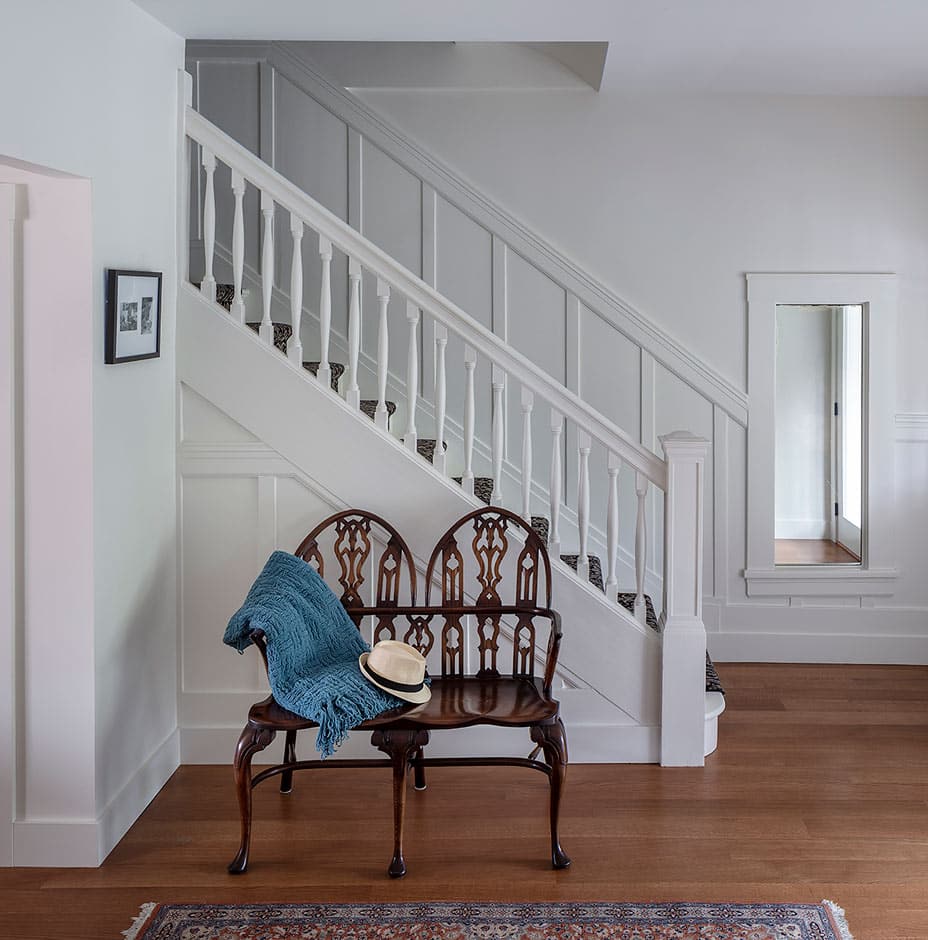
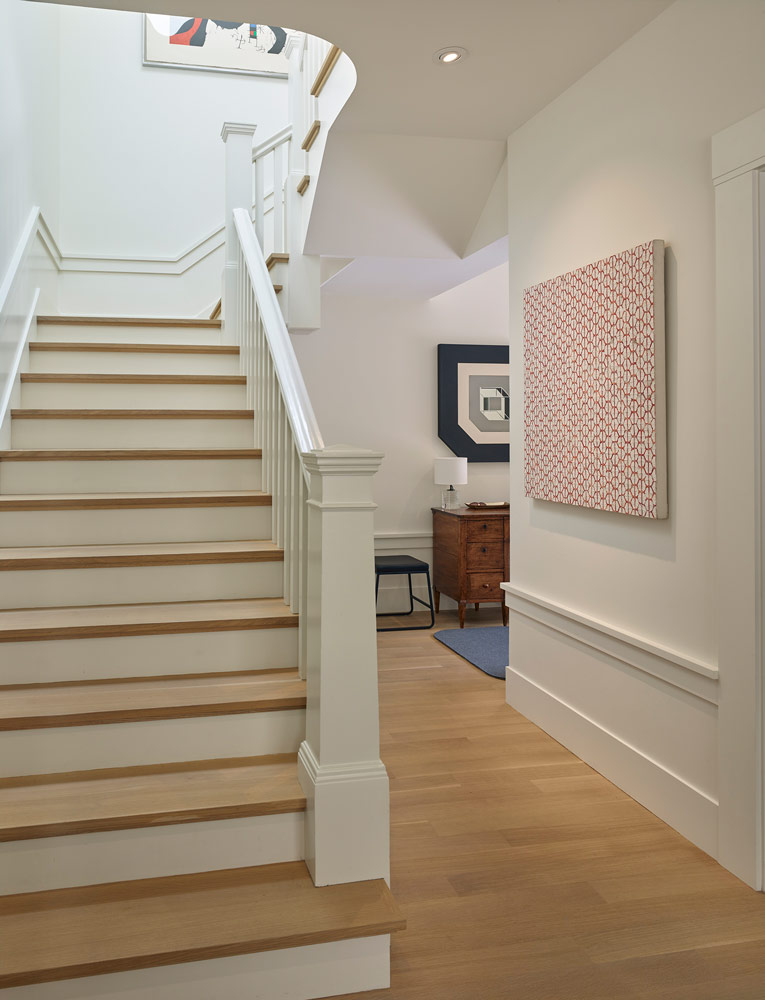
Flooring inlays—Unique flooring inlays can represent a bygone era of craftsmanship and design.
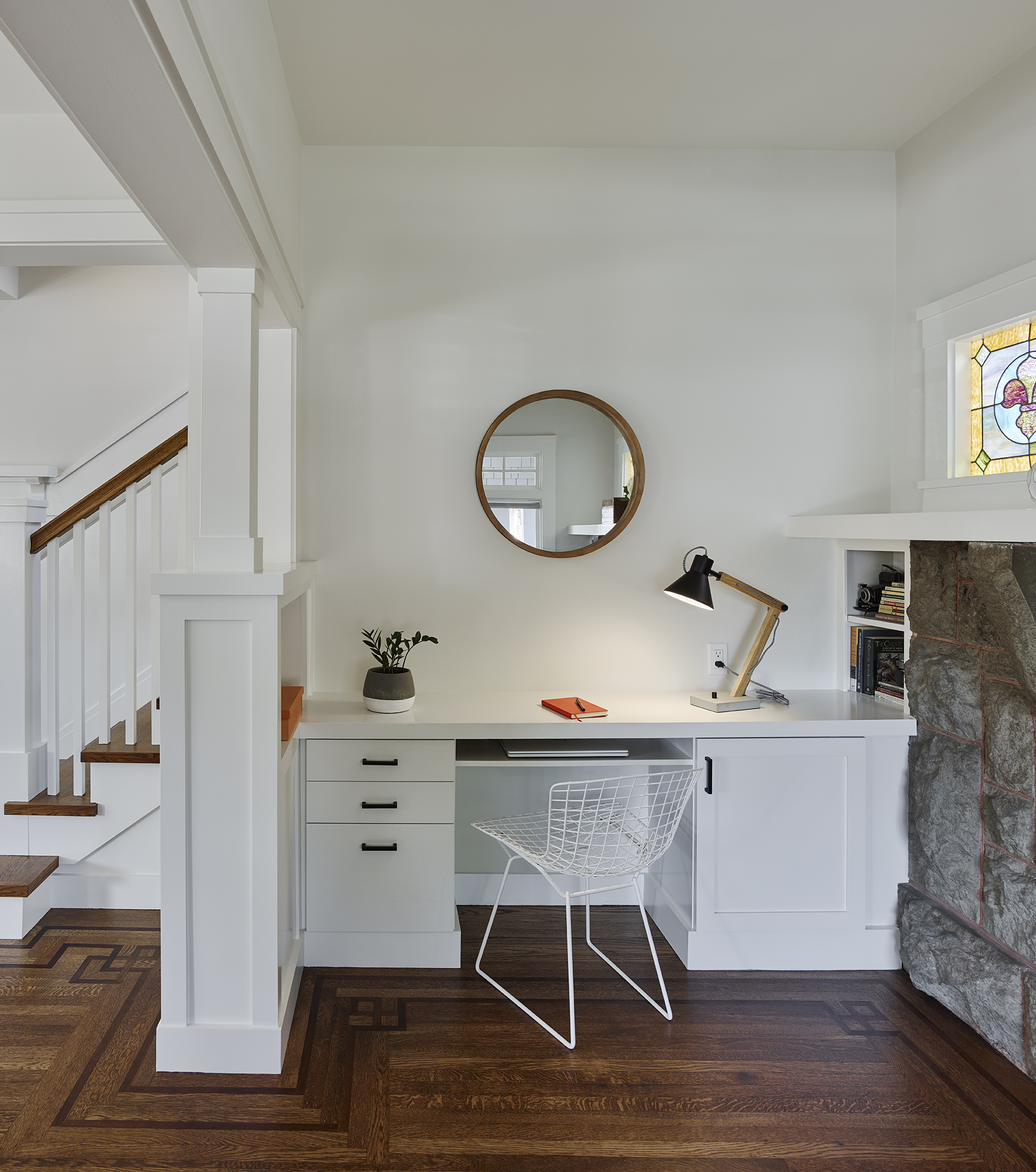
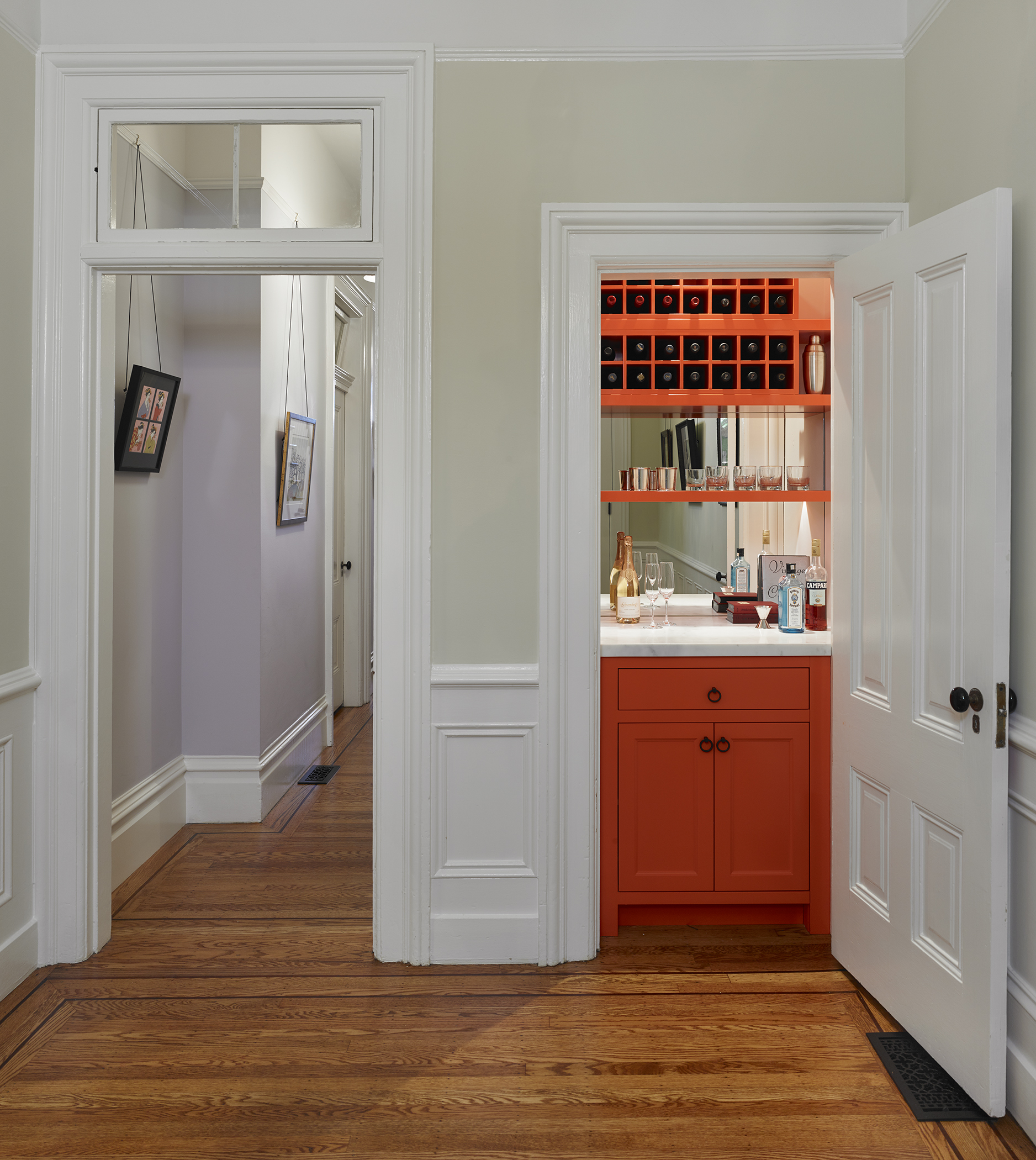
Built-ins—Beautifully detailed built-ins can be worth saving but may not be if their doors and drawers function poorly.
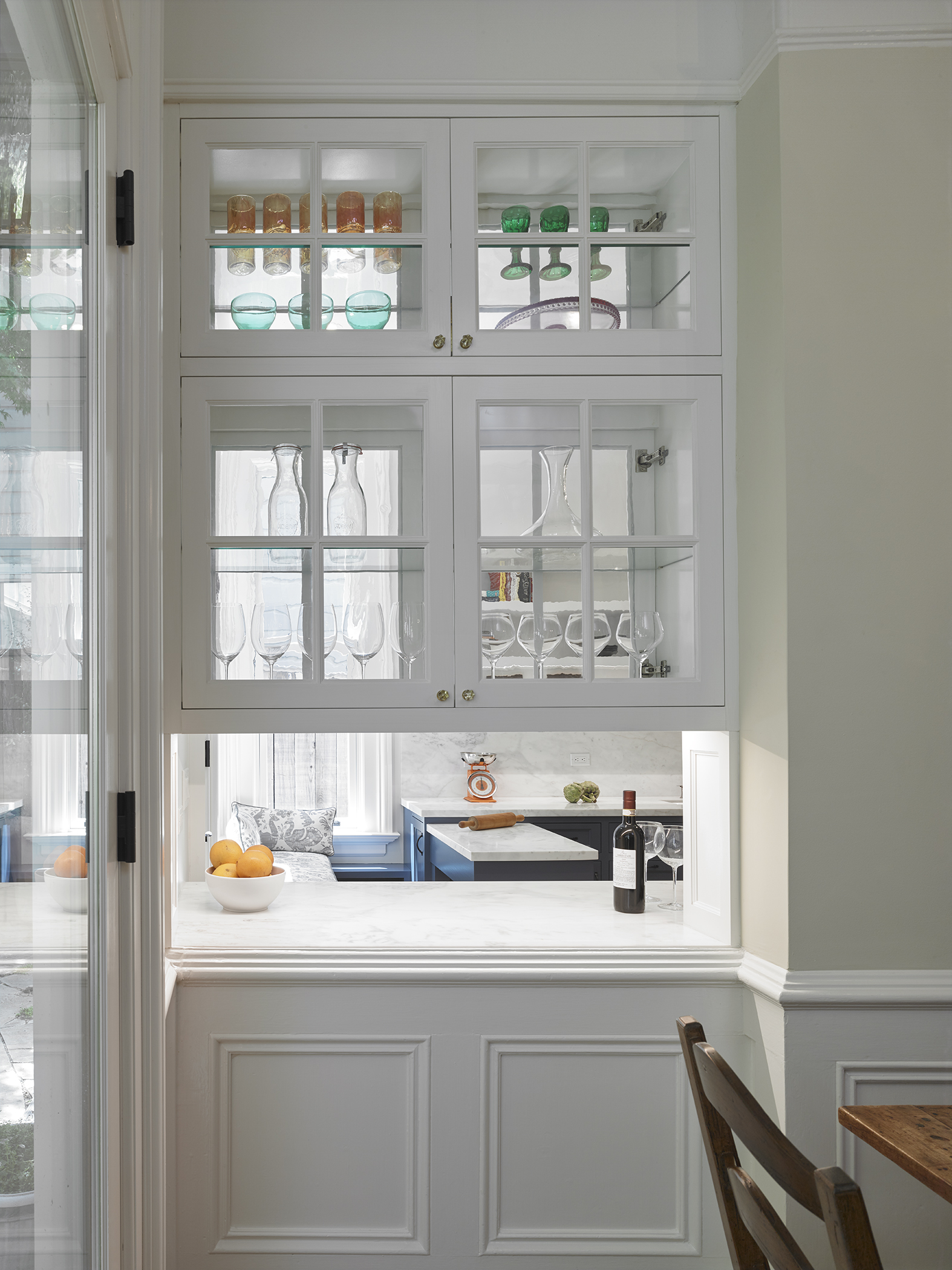
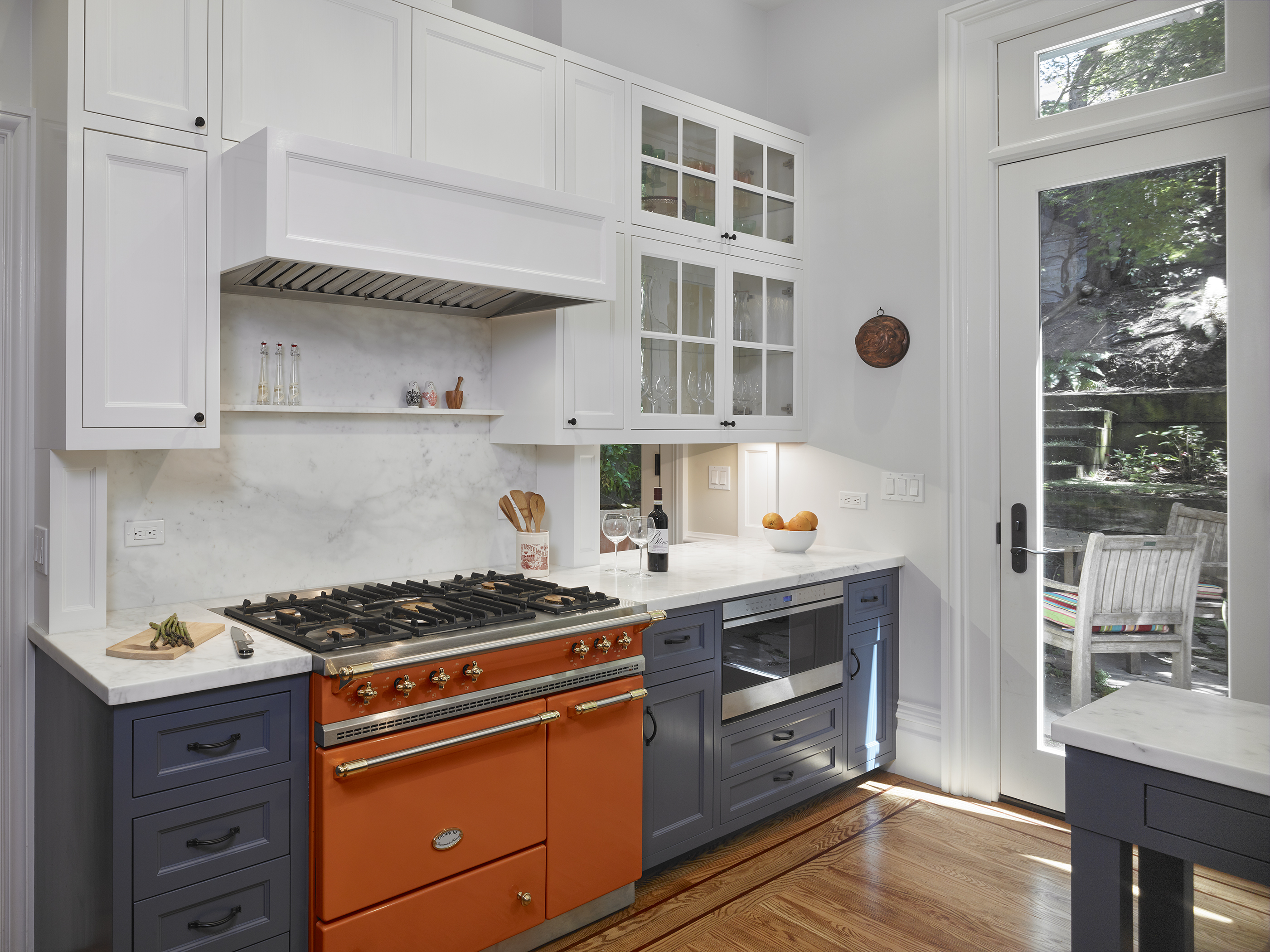
Fireplace surrounds—A fireplace surround is an instant reminder of another, older world, and many cannot be replicated today.
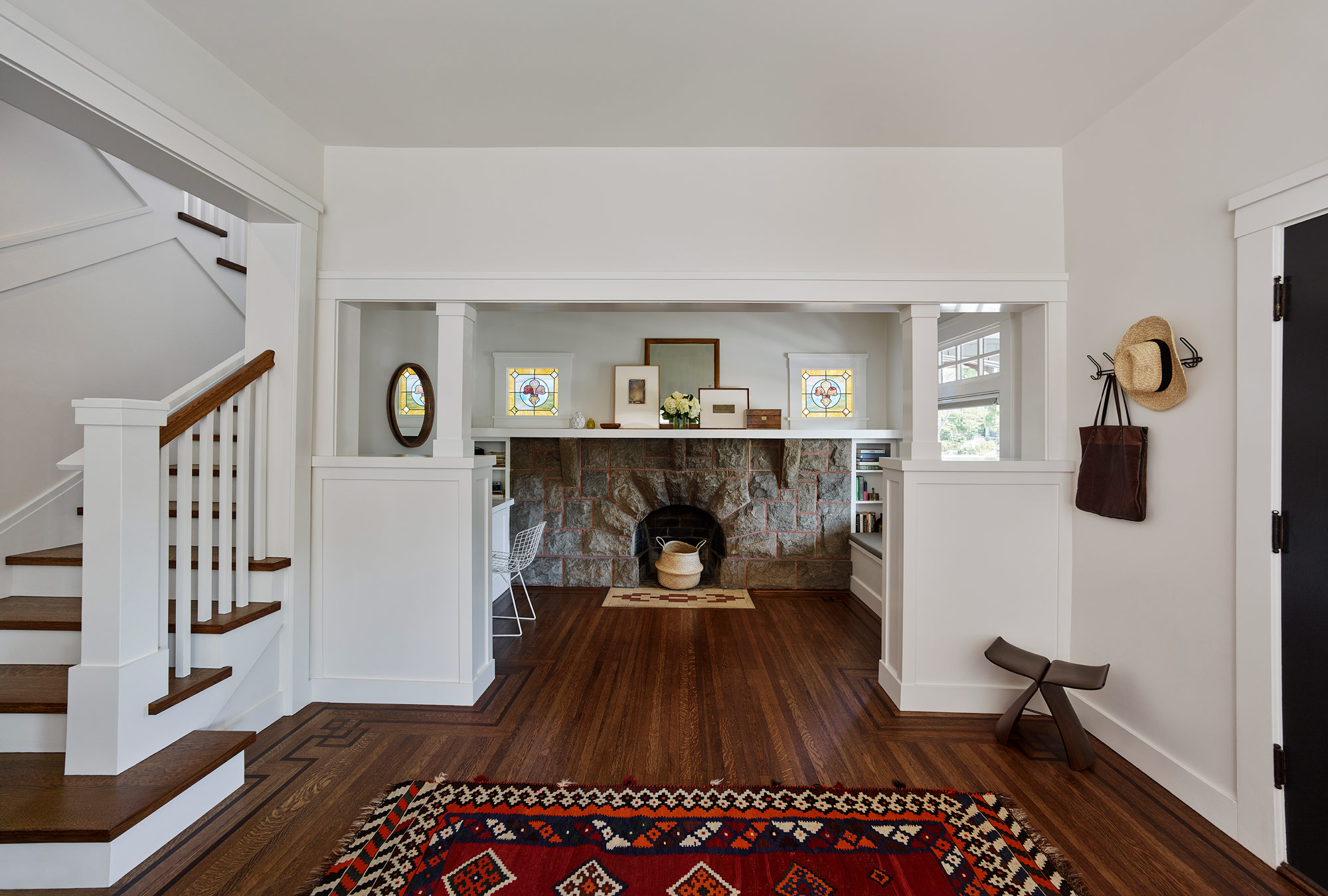
Exterior facades—Highly decorative Victorian facades with lots of detail are valuable and the details are worth keeping. However, rather than paint the façade with three or four accent colors to emphasize the detail, painting it with a single monochromatic color allows simple light and shadow play to bring out the detail in a more bold, modern way.
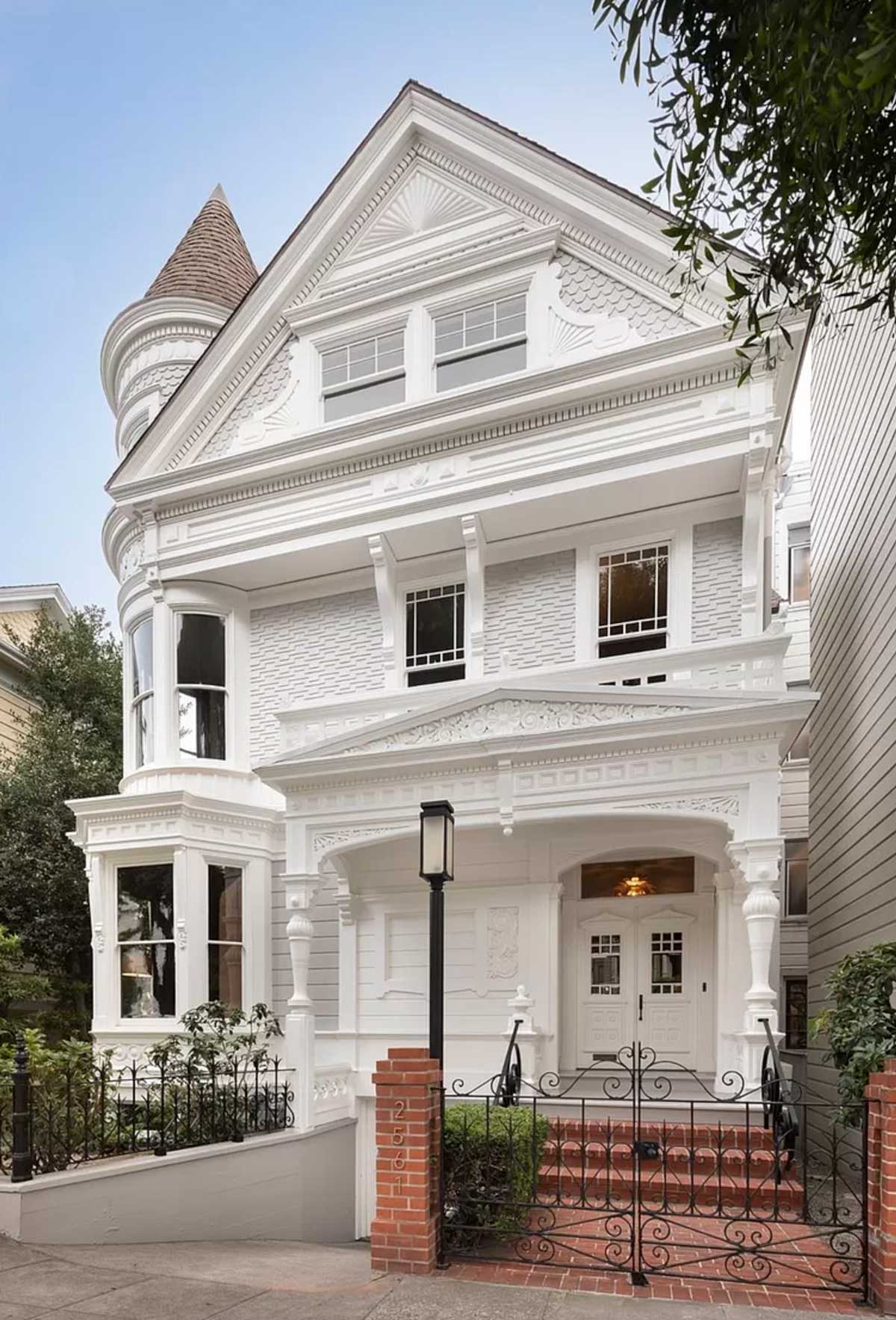
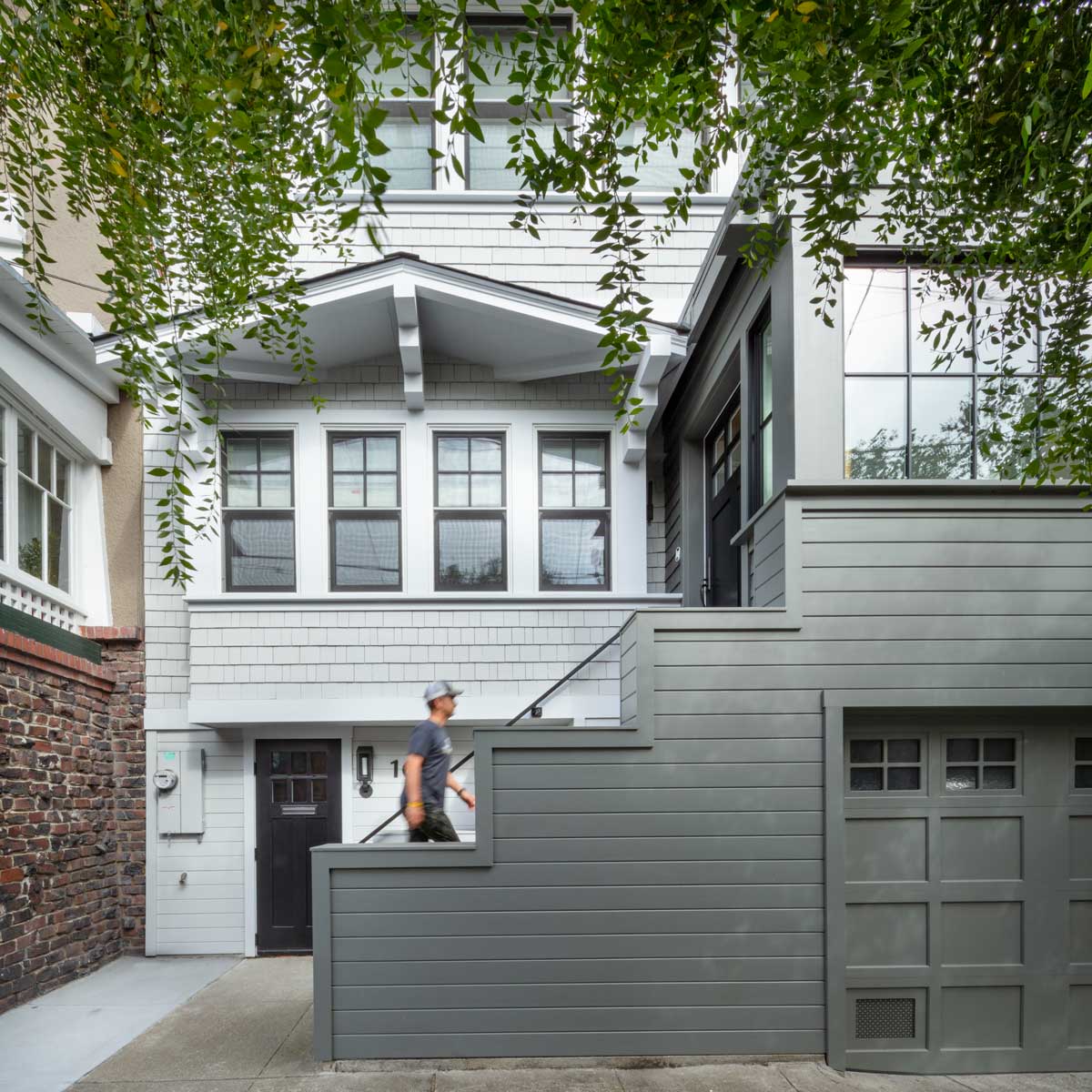
Highlight the History of Your Home, but Don’t Be Trapped by It
If you’ve bought a historic home and it needs a renovation, start by looking at the details that speak to you the most. Those are the ones that will preserve the nostalgia that drew you to the home. And unless you want to do a true-to-the-original historic restoration, consider bringing your own voice to complement the home’s legacy.
Be prepared to let go of elements that either don’t add to your enjoyment of the space, are too worn to keep, or simply create visual clutter. The result will be a home with the right combination of historic reminders and modern living, one that works for your unique connection to the house.
Curious to see how we’ve applied these principles in practice? Explore these client stories where you’ll find inspiring examples of thoughtful historic renovations that honor the past while embracing modern living. These real-world transformations showcase our approach to creating spaces that respect architectural heritage while perfectly serving today’s lifestyles.
